🍅 👩🌾 How To Grow Tomatoes (For Beginner Gardeners) ❤️

Tomatoes are the highlight of the garden! Here’s a beginner guide to growing tomatoes, including which type to pick, how to plant them, and how to keep the plants healthy.
STEP 1: Plan Your Tomato Garden
Before going out and buying tomato plants or starting seeds, take time to plan out your tomato garden. Decide how many plants you'd like to grow, as well as where you'll grow them.
Tomatoes grow best outdoors in sunny areas that have well-drained, nutritious soil. The two most important site characteristics are:
- A sunny area that receives at least 6 hours of sunlight each day, and
- An area with well-drained soil (think sandy loam, not heavy clay).
Tomatoes grow very well in raised garden beds.
STEP 2: Choose Varieties of Tomato to Grow
Part of the fun of growing tomatoes is deciding which variety (cultivar) to grow.
The video above lists some of the best-tasting types of tomatoes to grow and eat fresh from the garden (there are lots listed in the YouTube video comments as well!). I grow Sun Gold for a hybrid cherry tomato and Brandywine for a giant heirloom type. Consider a “canning-type” variety if you’ll be canning the tomatoes at the end of the season.
Most beginners and even lots of experienced gardeners choose to buy tomato seedling plants from the nursery rather than growing their own from seed. This way, you can grow lots of different types of tomatoes without buying multiple seed packets. And, you don't have to give up all sorts of indoor space in the early spring as the seedlings sprout.
STEP 3: Plant The Tomato Seedling Outdoors
Tomato plants grow best outdoors, but they don’t like the cold. Keeping tomatoes away from cold temperature is one of the top tomato growing tips for beginners.
It’s best to wait not only until the last spring frost has passed, but also until the soil has warmed up a bit. Tomatoes DO NOT LIKE cold weather. We’re talking any outdoor air temperature below 50 degrees Fahrenheit (10 degrees Celsius). Tomato growth is severely inhibited below 50 degrees and the plants are significantly injured below about 43 degrees.
Your transplants won’t quite be ready for the outdoors after a lifetime inside. “Harden them off” a little bit each day by putting young plants outdoors in the shade for a couple of hours the first day. Gradually increase the amount of time the plants are outside each day, and start exposing them to some direct sunlight. This process will ease the transition.
Dig a wide, deep hole for each tomato plant. Make sure you’re leaving enough space to walk between rows to tend and harvest. Water each planting hole if the soil is dry.
If the seedling is at all “leggy” – meaning that it is tall and skinny rather than leafy and bushy – it can be buried deeper than the soil line in the pot. Tomato plants are unique in that roots form along any part of the tomato stem that’s planted below the soil. The buried stem becomes an extension of the tomatoes tap root, helping it absorb more moisture and nutrients. Pinch off the bottom leaves and bury about half of the stem below the ground.
Water the tomato transplant well after planting. Some gardeners like to build a little “well” or “moat” out of soil around the stem to keep water in the vicinity of the tomato’s tap root.
Most tomato plants will benefit from some sort of support system. Small hybrid tomatoes can get away with a small tomato cage, while larger indeterminate heirlooms are best off with a custom-built support system such as cylinders of animal fencing. The supports will keep the fruits off the ground and prevent rotting. Place the tomato cage soon after planting (before the tomato has the chance to get bigger!).
STEP 4: How to Care for a Tomato Plant
Caring for a tomato plant is easy if the seedling was healthy and was planted with care. Even in less-than-ideal circumstances, tomatoes are easy to grow. Give the tomato plant the right amount of light, water, and heat – not too much and not too little.
Watch your tomato plants carefully to catch disease or pests early on. Visit them every day to make sure they are getting adequate sunlight and moisture. The plants may also need to be protected from local wildlife with fencing or some other deterrent.
Tomato plants should be watered deeply, infrequently, and not allowed to sit wet overnight. Water the seedling deeply when it is first planted out in the garden. Keep the soil moist (but not sopping wet) for a couple days. Keep watering regularly, but allow the soil to dry out a bit between waterings. Tomato plant roots need access to both air and water.
The soil around your tomato plants should be mulched one the soil has had a chance to fully warm up. I like to mulch my tomatoes about a month after planting them outside. I mulch mine with more homemade compost, which helps keep moisture in the soil and discourage weeds from growing. The compost is also less likely to splash up onto the foliage during a rainstorm.
Keep checking the plants often. Give them enough sun and water to grow, but don’t overload them with water. Encourage the roots of the tomato to grow deep and therefore have access to greater reserves of water (and less at the mercy of the sun).
Soil moisture becomes even more important as the fruit ripens. Avoid overwatering the plant at this point. A spike in moisture can cause rapid swelling of the fruits, leading to cracking of the tomatoes. Use drip irrigation, mulch, and careful observation to keep soil moisture levels consistent as fruit ripens.
It’s best to water tomato plants in the early morning. Keep the water off the foliage – only the soil needs to be watered. Avoid watering at the end of the day and avoid watering the leaves.
STEP 5: Feed Your Tomato Plants
A nice layer of compost is all most tomato plants need to produce lovely, delicious fruits. Compost is the best fertilizer to use on tomatoes. Nothing is better than homemade compost for tomato food! Here's a guide all about making your own compost to create healthy plant food for your garden.
If you really feel the need to give your tomato plants a “boost”, choose a naturally-sourced soil amendment that is safe for organic gardening. Here is a detailed guide to organic fertilizers, which are a much safer and more effective option. Avoid using epsom salt on your tomato plants, and opt instead for a properly-labeled, calcium-containing tomato fertilizer.
The video above shows all the details for how to fertilize a tomato plant 🙌
STEP 6: Harvesting Tomatoes from the Garden
Tomatoes ripen best on the vine. Leave the fruit on the plant as long as possible. That being said, pick up any tomatoes that fall off before they ripen and bring them indoors to let them ripen up.
Tomatoes are ripe and ready to be harvested when they are still quite firm, but are just starting to get a little plumpness to them when squeezed lightly. They should also be their final ripened color (which varies dramatically based on the variety).
STEP 7: Storing and Enjoying Ripe Tomatoes
Store near-ripe tomatoes in a warm spot, and after they ripen, switch to a cool spot. Don’t refrigerate fresh tomatoes. Doing so spoils the flavor and texture (think of that awful mealy texture that refrigerated store-bought tomatoes get).
Store ripe tomatoes at room temperature in a brown paper bag. To make them last longer, consider freezing them. Blemish-free tomatoes can be frozen whole. Tomatoes can also be halved or quartered prior to freezing. If freezer space is at a premium, consider removing the seeds and pulp from the tomatoes so you can really pack in the pulp.
AFTER - More Questions About Growing Tomatoes
What is the best way to grow tomatoes? If I could, I’d grow all my tomatoes in raised beds full of lovely, light potting mix and homemade compost. They’d be watered with drip irrigation and would each have a custom-made large trellis. But I’m honestly just as happy with container-grown tomatoes on the sunny patio.
What are the easiest tomatoes to grow? The easiest tomatoes to grow are hybrid cherry tomatoes. I would recommend Sun Gold cherry tomatoes to anyone looking for an easy-to-grow tomato. They are reliable and don’t take long to produce fruit.
What is the most popular tomato plant? The most popular tomato plants are easy-to-grow hybrids like Better Boy, Big Beef, Early Girl, Celebrity, and Super Sweet 100 (also Sweet Million).
Enjoyed the project?
Resources for this project:
See all materials
Comments
Join the conversation
-
 Bry
on May 08, 2022
Bry
on May 08, 2022
The tomatoes in your photos are beautiful! I'm drooling. The only tomatoes I plant are the Super Sweet 100 or Million, if I can find them. I eat these babies like candy or load them into my salads. They are the best part of my summers. Thanks for all your hot tips on growing them.
-
-



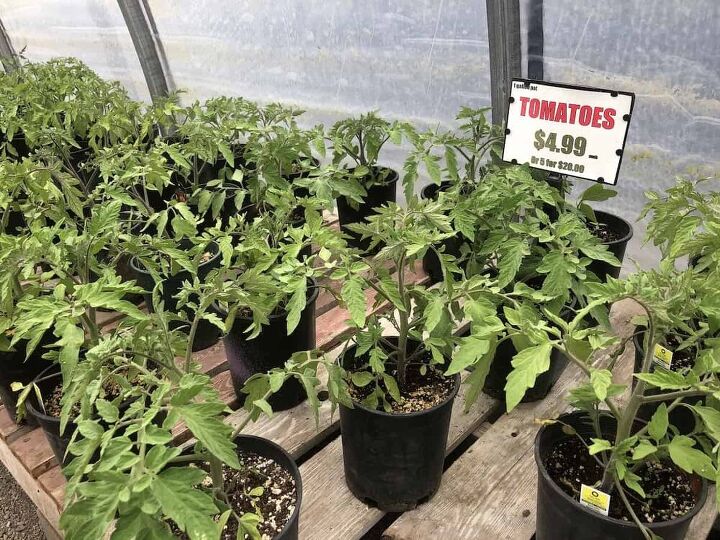












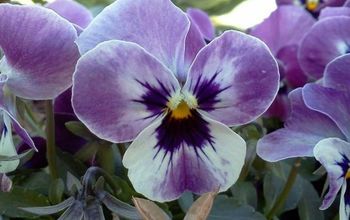
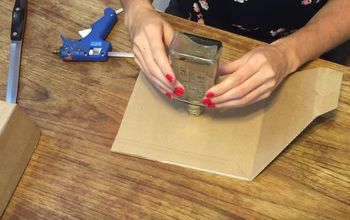





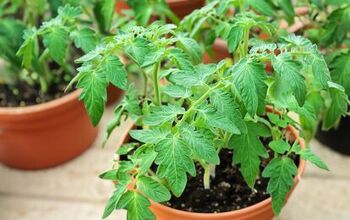

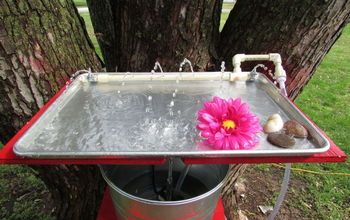

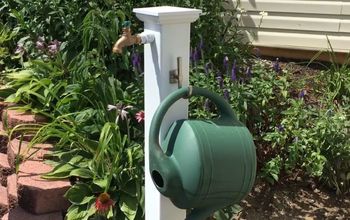

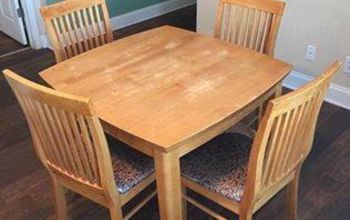



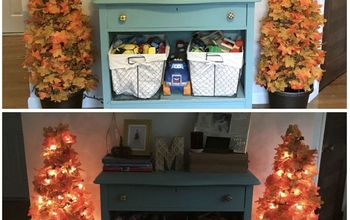




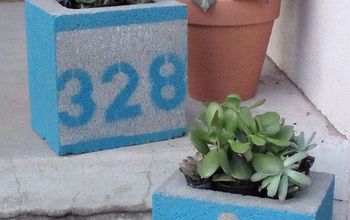
Frequently asked questions
Have a question about this project?
What is the best tomato for canning?
what is the best way to protect tomato plants from squirrels, mice, birds or rats?
I have no sun, can tomatoe harvest them?